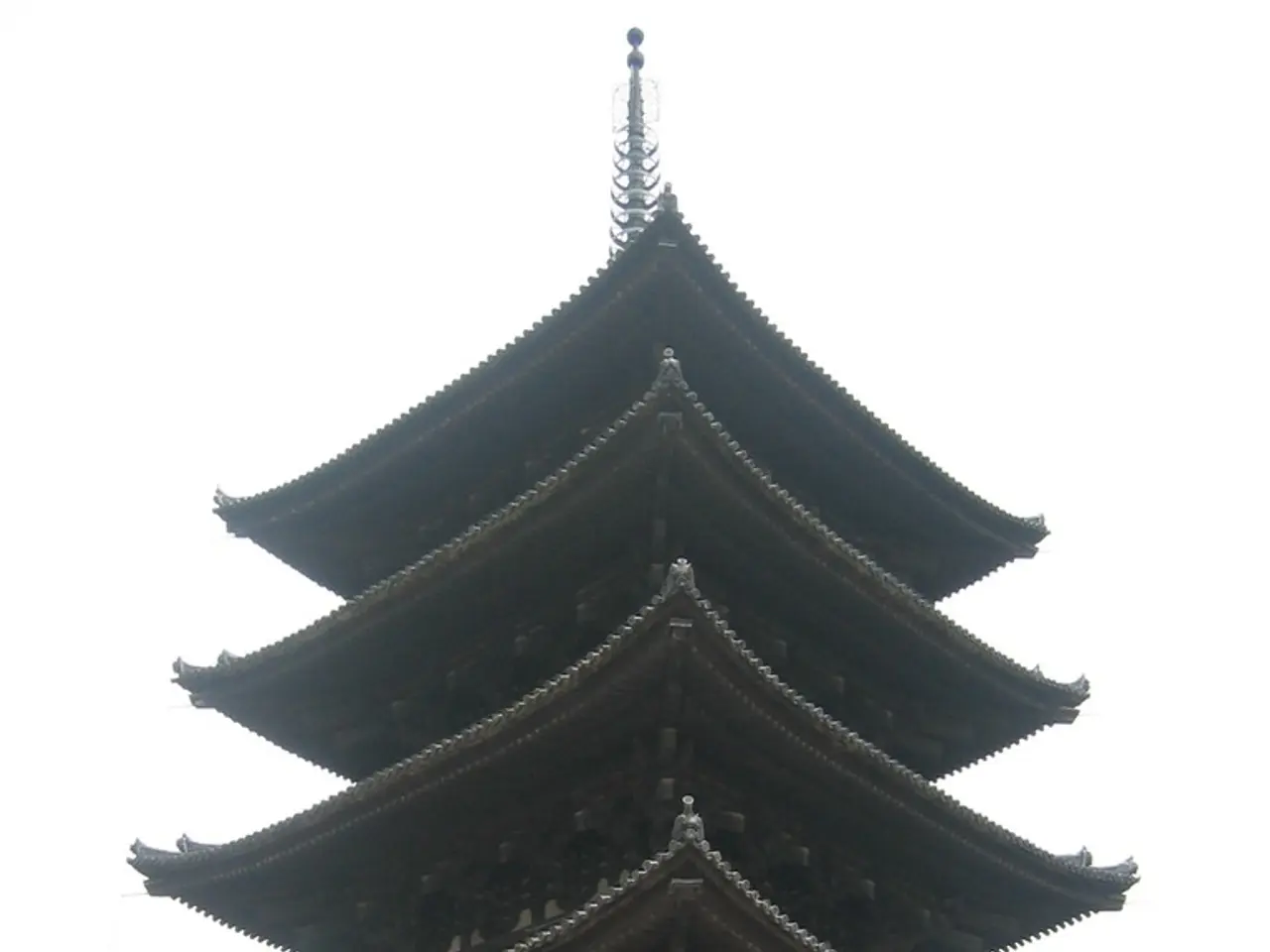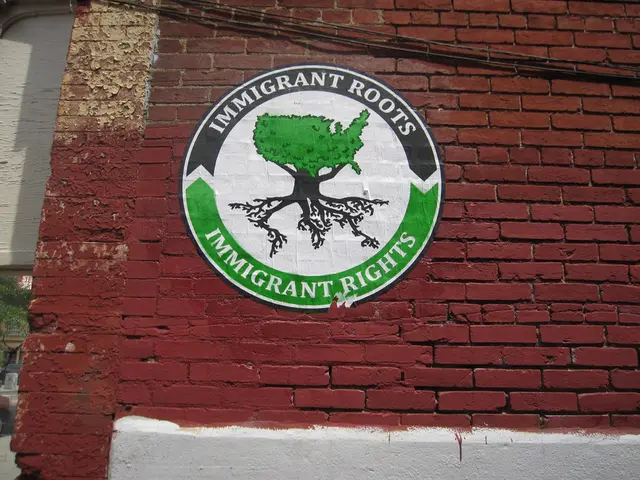Increasing Military Presence of China in the Southwest Pacific and Oceania Region
In the vast expanse of the Pacific, a significant shift in geopolitical dynamics is underway. China's Belt and Road Initiative (BRI) has reached many Pacific Islands, marking a new chapter in regional development.
Fiji, Vanuatu, and Papua New Guinea are among the countries that have partnered with China since 2018, focusing on projects related to roads, bridges, water infrastructure, and now, digital infrastructure. For instance, Huawei plans to construct 161 telecom towers in the Solomon Islands to support its 5G network.
China's total development support to the Pacific reached approximately $256 million in 2022, a 6 percent rise from the previous year. This surge in economic activity has not gone unnoticed, with some countries expressing concerns about China's strategic intentions.
The combination of China's escalating military activity in the Indo-Pacific region and the diplomatic uncertainty from Washington has led to more rhetoric from countries like Australia, New Zealand, and others, calling for enhanced domestic defense and security capabilities.
This heightened tension is not just confined to the waters around Taiwan, the South China Sea, and Japan. China's military activities are likely to extend beyond these areas into new regions such as Oceania and the Indian Ocean.
China has not released an official policy document explicitly outlining its interests in the Southwest Pacific. However, its increasing economic activity indicates a clear strategic intent. For example, China funded the upgrade of the Luganville Wharf in Vanuatu, a project that American and Australian officials warned could have dual-use military potential.
The expansion of China's digital infrastructure in the region is particularly concerning, as digital infrastructure is closely linked to national security. China's growing influence in the Pacific Islands is not limited to infrastructure development. Beijing also offers financial support for various projects, including seabed mineral exploration, as seen in the Cook Islands.
The resignation of Daniel Waneoroa, a member of parliament of the Solomon Islands, from the Inter-Parliamentary Alliance on China in May, irked Wellington, resulting in New Zealand announcing the suspension of millions of dollars in aid to the small Pacific Island nation. Mr. Waneoroa faced persistent intimidation from the People's Republic of China, including direct actions by its embassy in Honiara.
In response, countries like Australia will work with other regional leaders, like Japan, to counter China's economic and strategic investments. These countries will likely stress an even greater need for better maritime domain awareness and real-time information sharing.
Moreover, Australia, the U.S., and their partners will probably conduct more freedom of navigation operations and joint drills to assert their presence in the region. Between May and August 2022, countries in the Greater Mekong region notably intensified cooperation with China to participate in the Belt and Road Initiative, aiming to deepen infrastructure and economic ties within this framework. Specific countries include Vietnam, Laos, Cambodia, Thailand, and Myanmar, which sought enhanced connectivity and investment opportunities through the initiative in that period.
As the Pacific Islands navigate this complex geopolitical landscape, the future remains uncertain. However, one thing is clear: the region is at the centre of a global power struggle, and its fate could significantly impact the world order.
Read also:
- Tobacco industry's suggested changes on a legislative modification are disregarded by health journalists
- Trump's Policies: Tariffs, AI, Surveillance, and Possible Martial Law
- Uncovering Political Ad Transparency: A Guide to Investigating opponent's Political Advertisements in the Digital Realm
- Elon Musk praises JD Vance's debate performance against Tim Walz








